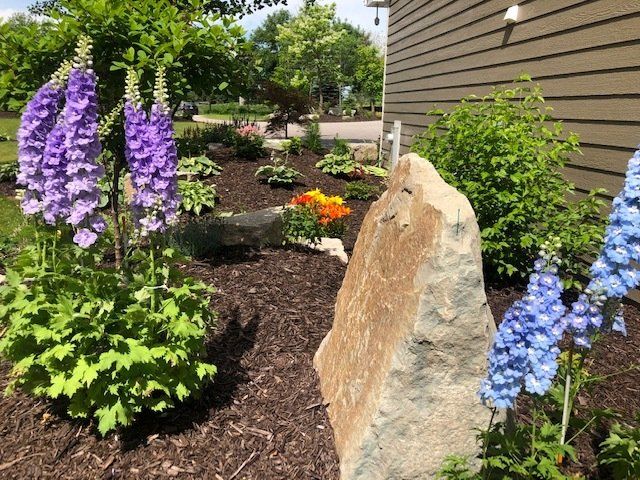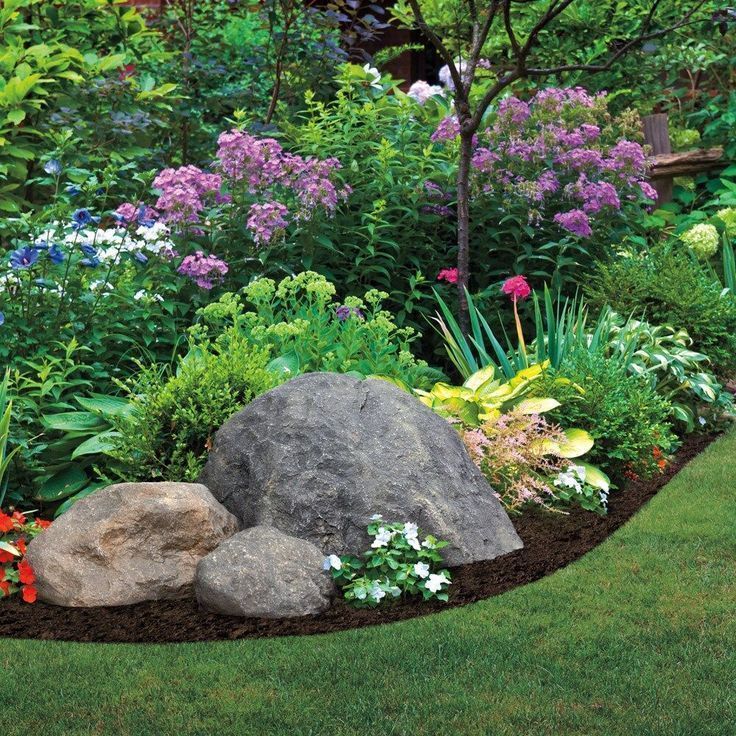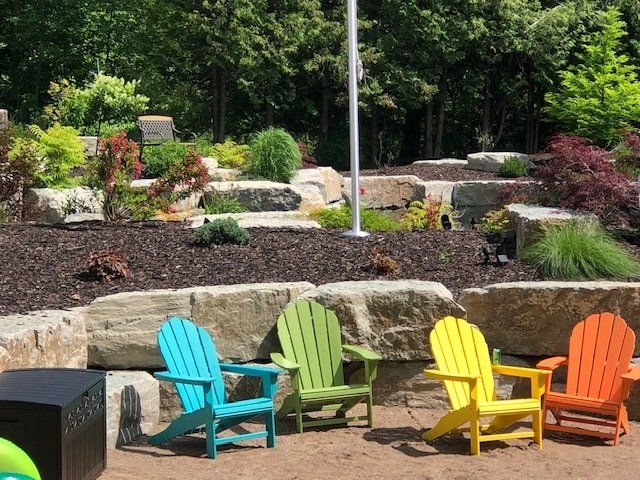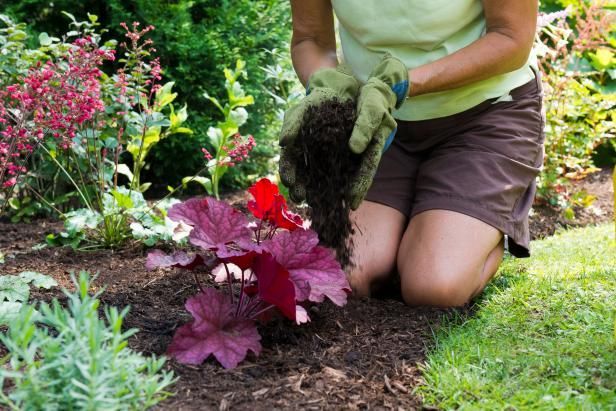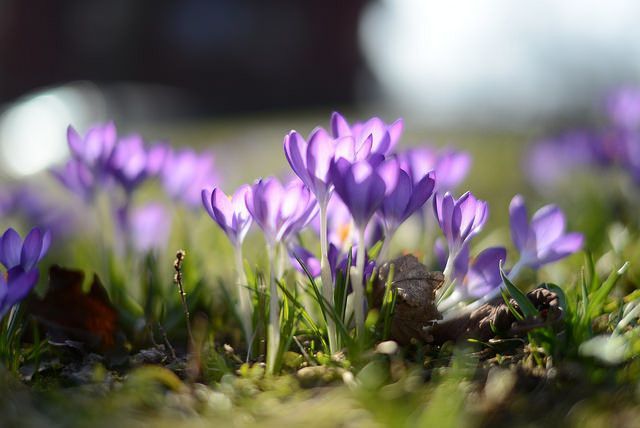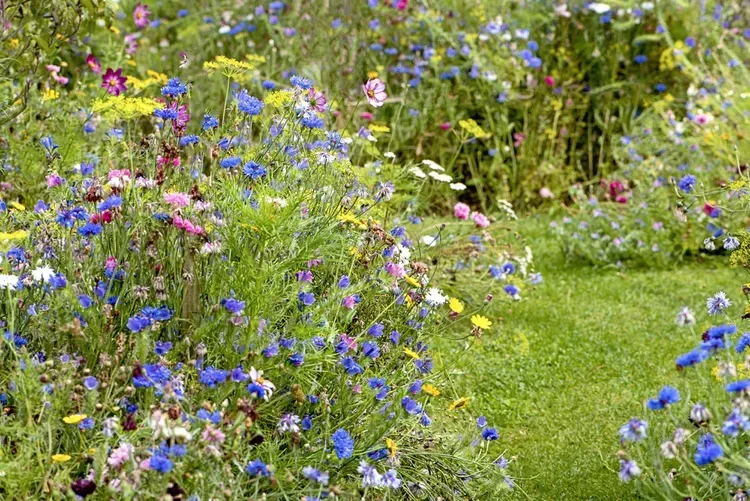The Best Landscaping Planting Ideas & Secrets for Color that Wows
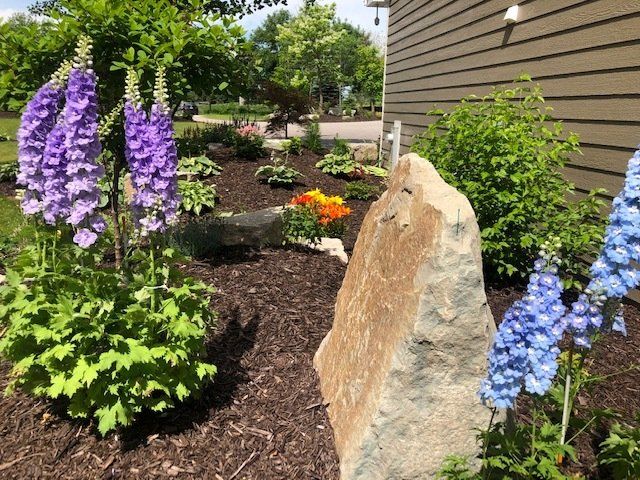
When you step outside of your home are you pleased with your landscape? Do people stop in their tracks and say “wow” when they drive or pass by? If not—and it’s boring or even an eyesore—then you might be looking for some landscaping planting ideas to enhance your property and take it to a whole new level.
Of course, there’s a lot more to the task of landscaping than just sticking a few rows of flowers in the ground and calling it a day. Incorporating vibrant color into a strategic landscape plan takes an eye for design and a knowledge of plant material.
We’ll help get you on your way to color that wows.
Layer for Height and Contrast
Using plants of different heights is one of the best ways to get a beautiful look. Two layers could work, but ideally, you want three. You can use taller and broader evergreens to create a backdrop and will still have room for planting bushes, such as some mid-sized flowering shrubs. In front of that, you can think about planting flowers.
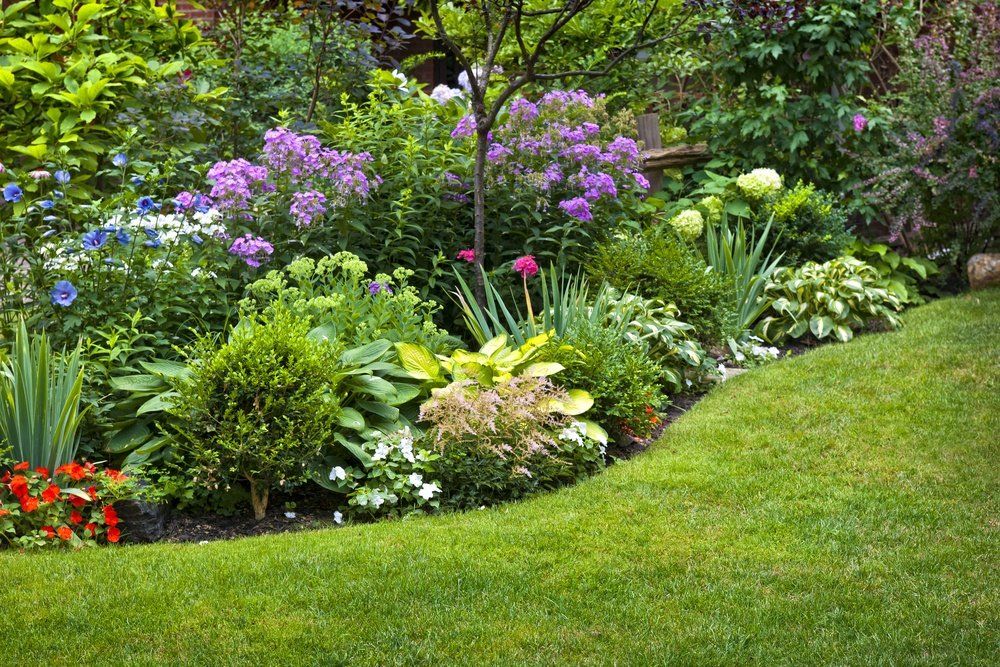
If you don’t have plant beds that are wide enough for two separate layers of shrubs, you can still achieve a layered look using shrubs in the background and then planting two different layers of plants in front, each with differing heights. This will look much more robust and professionally designed than a single layer of same-height plants.
By creating some dimension to your landscaping, you are adding a lot of appeal. The multi-dimensional aspect of the layout is much more attractive than a landscape that is comprised of a single row of plants, all the way across.
Think About Bloom Time
One of the biggest mistakes that people make with landscaping is that they fail to think about bloom time. When this happens, the landscape will go through periods where there is absolutely nothing colorful or appealing about it. Ideally, you want to have a variety of bloom times incorporated into your design so that there is almost always something attractive about the layout.
Blooming plants also need to be well-coordinated in terms of where they’re placed. For instance, you don’t want to have all of your spring-blooming plants together in one big bunch because it will create an unattractive gap in your landscape when there’s nothing in bloom. Have your blooming plants well spaced around your property. There should be a strategy incorporated into your design.
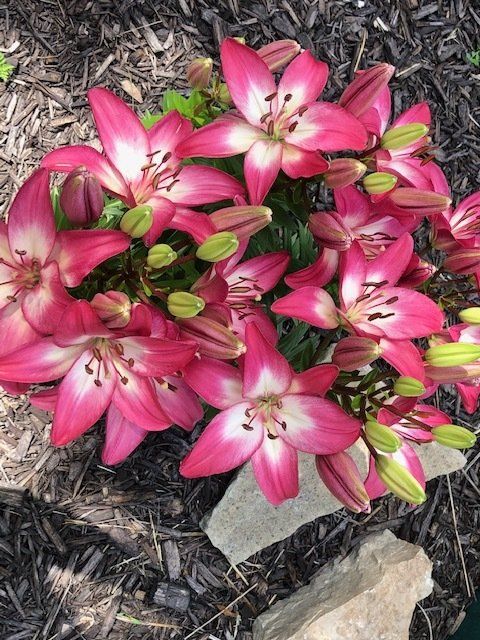
Pay Attention to the Surrounding Area
Another important factor in designing a landscape is paying attention to what’s nearby. If you plant a landscape that looks similar (or even identical) to a neighbor’s, it’s going to lose a tremendous amount of appeal. There are so many options to choose from!
Remember: Color Doesn’t Just Come From Planting Flowers
There’s no doubt that planting flowers will provide your property with color. But they aren’t your only option! Various plant materials also have colorful leaves, bark, and fruit that can brighten up your landscape.
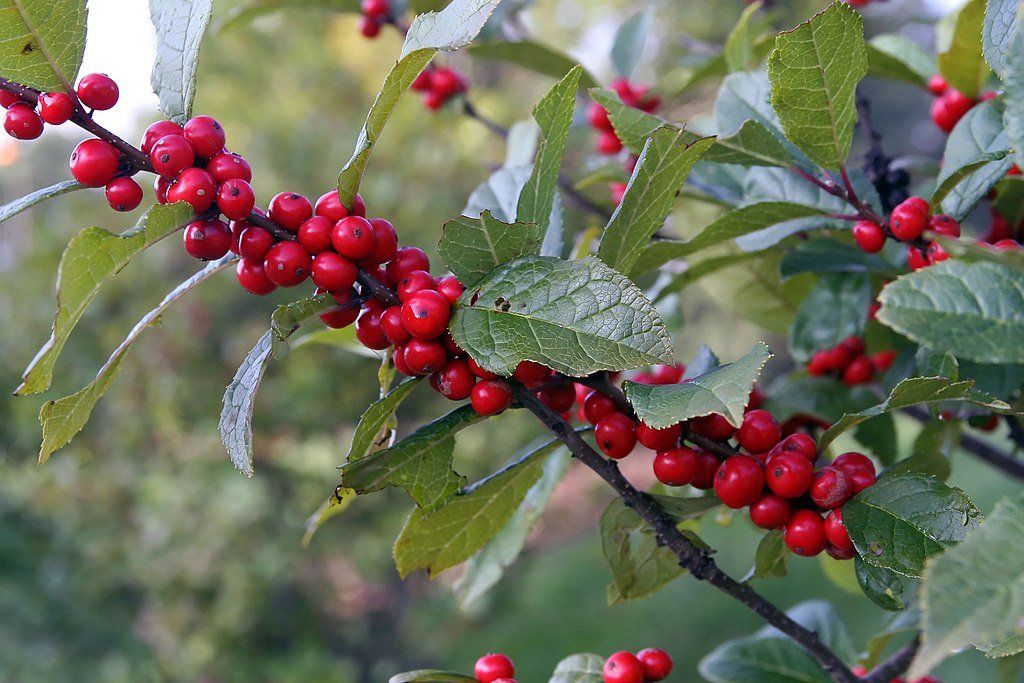
This can be particularly helpful in the winter months when flowers won’t be in bloom. You can still incorporate color into your winter landscape with plants that have colorful winter berries (like hollies) or interesting bark (like River Birch Trees). These colorful features look particularly appealing when they “pop” against a fresh blanket of white snow.
Understand that Beautiful Landscaping is an Art and a Science
Is this all sounding like it’s a bit more complicated than you thought it’d be? There’s no question that there is a lot more to landscaping than just planting flowers or trees. There is a tremendous amount of planning involved as well as quite a bit of artistic talent needed. You have to have a good eye for design and be able to visualize what plant material will look best in what area of a landscape in order to put together a stunning design.
By handing the work and the worries over to a true professional who can put together a fantastic landscape design, all you’ll have left to do is enjoy your landscape.
Call Us Today To Schedule Your Free Consultation! 920-462-7041
